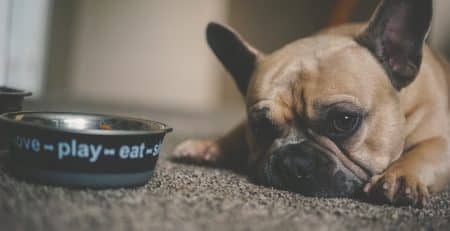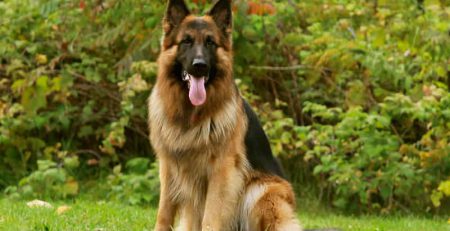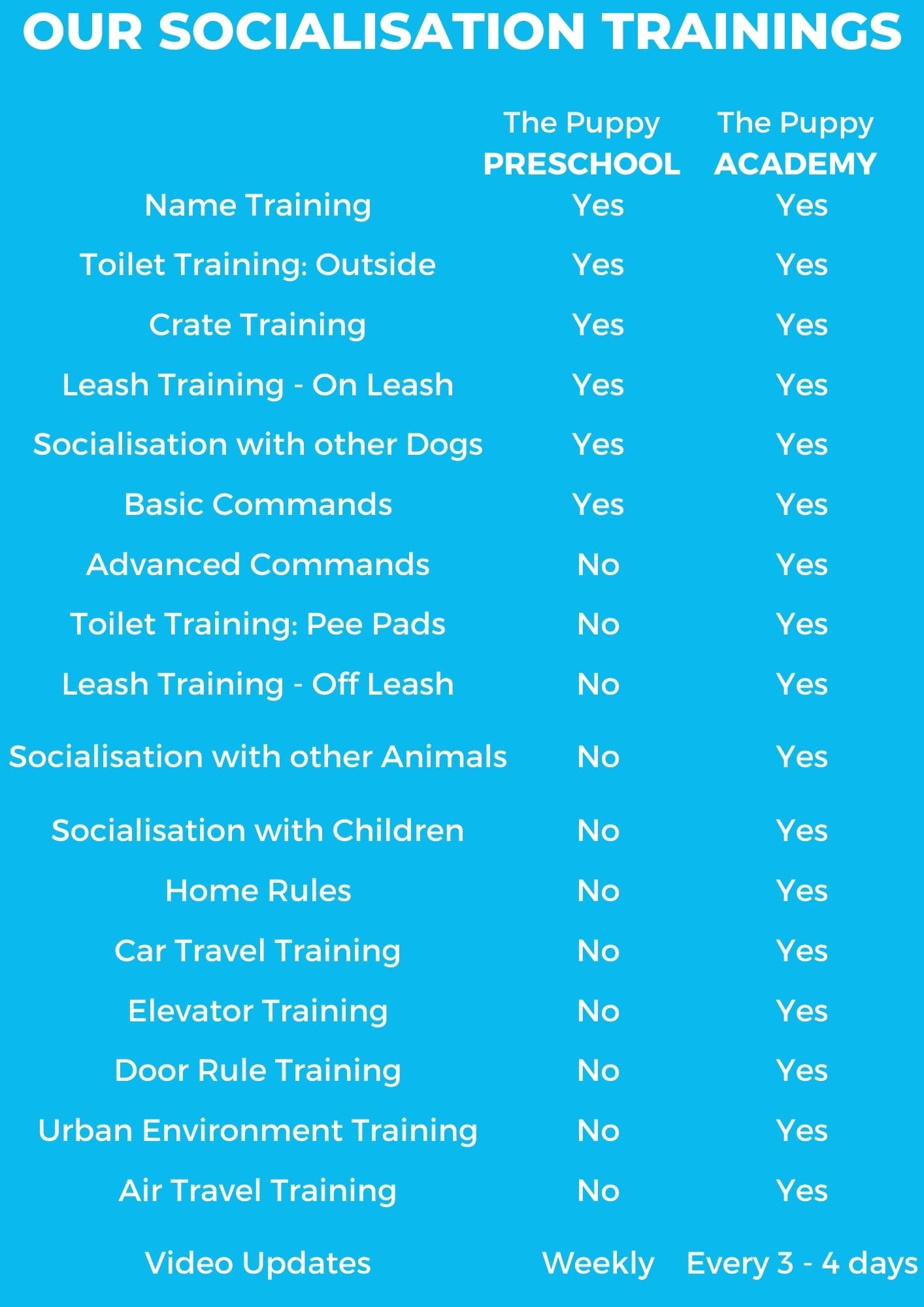Nails
The Led Zeppelin cover version of “In my time of dying” is playing in your head. You uncomfortably grasp a pair of nail clippers, fiddling with it, as your dog is nervously cowering in a corner in that same room. You groan. You don’t want to do this to your dog but you just feel you have to. It’s that time every few weeks when you are forced to clip your dog’s nails. They’ve grown too long and they’re ripe for harvest. You can’t bear the thought of getting another strand of wool to be pulled out of your favourite woollen jersey; or the clicking sound of your dog’s nails tapping your bedroom’s wooden floor that was waking you up rudely these past couple of mornings. You feel petty, but clipping those nails is a necessary evil if this otherwise perfect relationship is to continue.
When?
Working dogs or dogs that are taken out on relatively long walks do not usually have a problem with long nails because they frequently wear them down during their high intensity daily activities. Some dogs also have softer nails and do not have a problem wearing their nails down while living a relatively low key life style. The normal, average dog, however, needs our help to manage the growth of its nails. When a dog’s nails are disproportionally long and do not look like they are getting worn out on their own, or are curling in on themselves, or even growing out into unusual directions – then it is time for your dog’s nails to be trimmed. Failing to do so in time will result in your dog growing deformed unhealthy nails that can hinder your dog’s proper movement. These nails might also break and be of serious pain and discomfort to your dog. A split nail might also result in infection and might require you to take your dog to the vet and get its nail surgically removed. It is also suggested to trim your dog’s dewclaws, if he has them, as they can easily get caught in random stuff and result in the injury of your dog.
How?
The most common method is by using a dedicated dog nail clipper. One must be careful to only cut the non-vascularised part of the nail. This is easy to make out in dogs with non-pigmented or lightly pigmented nails but it’s much more difficult with dogs that have dark nails. The rule is to trim a bit away from the pinkish part of the nail when this is visible. As said before, this is not very visible in dogs with dark nails and it’s therefore suggested that such dogs be taken to a professional groomer or get the veterinarian to trim the dog’s nails during your dog’s regular check-up. Note that being a professional groomer or a veterinarian does not exempt you from losing the gamble that is trimming dark nails and even they might sometimes trim into the vascularised part. However, they are used to and are better equipped to handle the resultant bleeding.
There are also other methods of trimming your dog’s nails besides using a pair of dedicated nail clippers. If the dog is not particularly panicky one can use a small hand held electric routing tool with an abrasive bit to artificially wear the dog’s nails down. One can also use a nail file or a high grit rasp instead if the dog is scared of the routing tool’s sound. It may take longer but the dog might take to it better and not get as stressed out.
What should I do if I mess up?
As said above, even the best of professionals mess up every once in a while. However a bleeding nail should be no reason to panic. It usually can stop bleeding on its own, but in order to avoid making a mess and get blood all over the place, a common home remedy is to put ground coffee on the bleeding nail. Coffee acts as a local vasoconstrictor and this slows the bleeding down to help with quick coagulation. There are also dedicated pharmacological products on the market that are used for this purpose. Ask your veterinarian about these products if you would like to trim your dog’s nails at home. It is also advisable that you ask your Veterinarian to instruct you on how to trim your dog’s nails properly before taking the plunge and go DIY on your dog’s nails. This will most definitely help to make it a less traumatic experience for you and your dog.






















